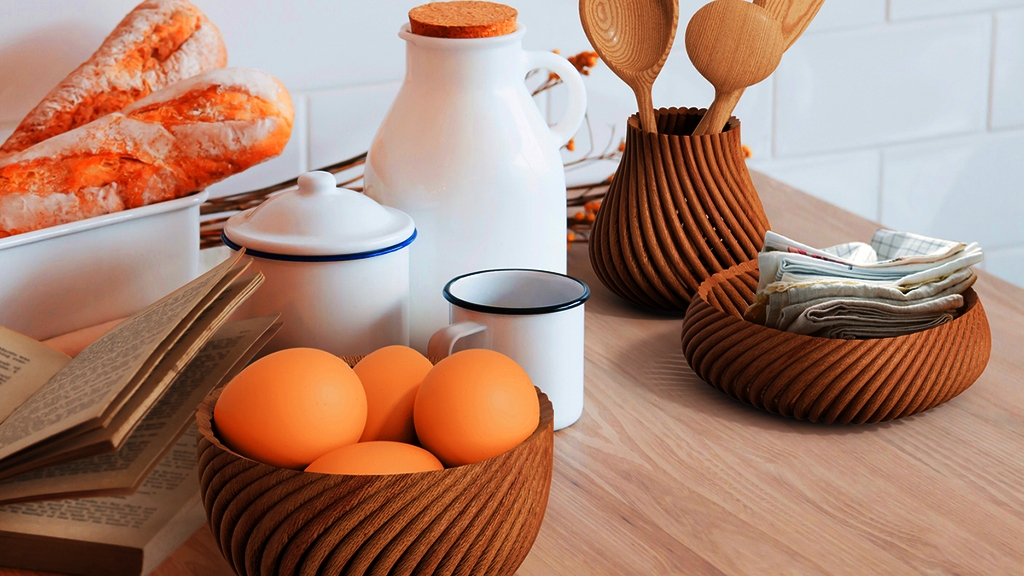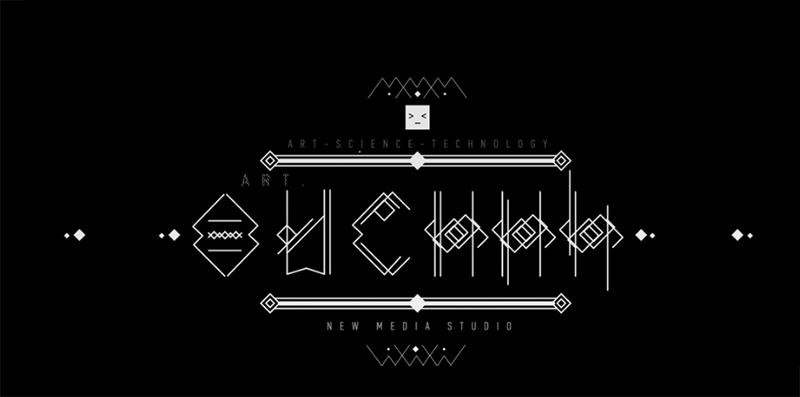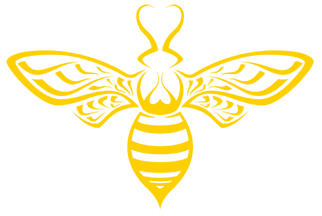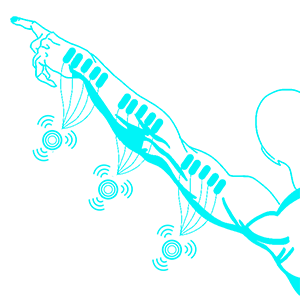
To develop this wood ink, the team says they collected wood waste from other projects. The resulting ink was made out of these microparticles, known as “wood flour” mixed with cellulose nanocrystals and xyloglucan, natural binders from plants. This results in an environmentally friendly, water-based ink. Once obtained, they need to determined the optimal printing parameters for this type of application. After several tests, they realized that the printing speed and orientation of the 3D printed strips played a major role in the transformation of the part. Specifically, these parameters determined how the wood will behave when dry.
Link:New Innovation Enables 3D Printed Wood to Dry into Shape
Because of its structure and cell arrangement, wood naturally changes shape when dried. Thanks to this characteristic, the researchers were able to 3D print a bowl of about 1 meter. To do this, they 3D printed the wood ink in a circular shape so that the ends of the circle would stand up once the piece dried. Eran Sharon, one of the members behind the project, explains what the researchers’ motivations were, “We wanted to go back to the origin of this concept, to nature, and do it with wood.”
- Comprehensive Public Safety Plan Survey: Equity - March 11, 2024
- Comprehensive Public Safety Plan Survey: Court System - March 11, 2024
- DC Comprehensive Public Safety Plan Survey: Surveillance // Privacy - March 11, 2024






















